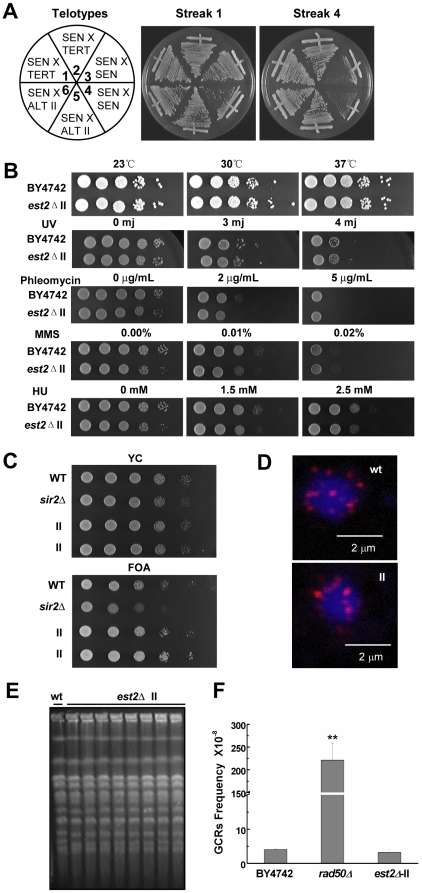Figure 1. Phenotypic analyses of BY4742 est2Δ type II survivors.
(A) Cell growth of diploids derived from crosses between: SEN est2Δ cells and SEN est2Δ cells (sectors 3, 4, negative control for senescence), SEN est2Δ cells and TERT telomerase positive cells (sectors 1, 2), SEN est2Δ cells and ALT II est2Δ strains (sectors 5, 6). (B) DNA damage sensitivity assay with est2Δ type II survivors. (C) Telomere position effect assay of est2Δ type II survivors. The sir2Δ strain serves as a positive control. (D) Immunostaining of the telomeric repeat binding protein Rap1p (Red) in est2Δ type II survivors. Blue, DAPI staining of DNA. (E) Pulsed-field gel electrophoresis (PFGE) analysis of karyotypes in est2Δ type II survivors. Each lane represents an independent clone. (F) Gross chromosomal rearrangement (GCR) analysis. Mean and standard deviation (S.D.) rates collected from three independent experiments are shown. The rad50Δ strain serves as a positive control for increased GCRs.

